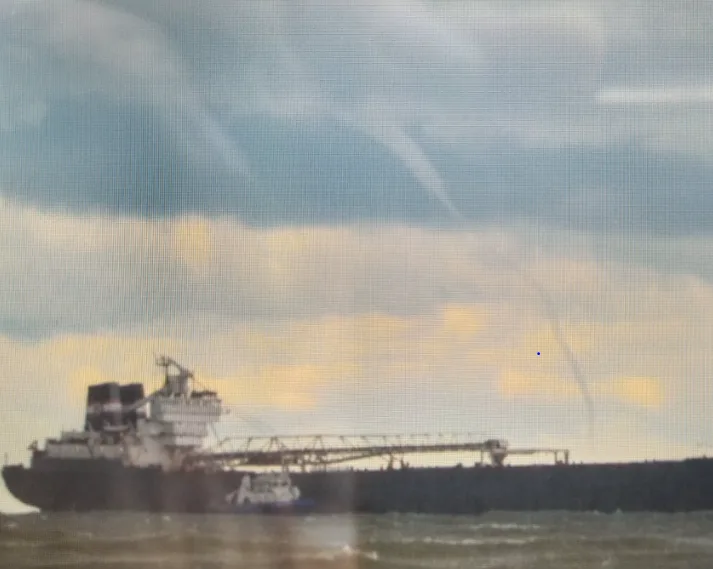
Waterspouts, lake-effect showers likely in Ontario as Great Lakes run a fever
The Great Lakes are warmer this mid-October than they’ve been in more than 25 years. This wealth of warmth will play a role in our upcoming fall weather.
The Great Lakes are running warm for this time of year. Water temperatures on all five lakes are the warmest we’ve seen in mid-October since 1995, and Lake Superior has run above-normal all year. Warm lake waters will play a large role in the upcoming fall weather, and we only just got a taste of that influence in southern Ontario this weekend.
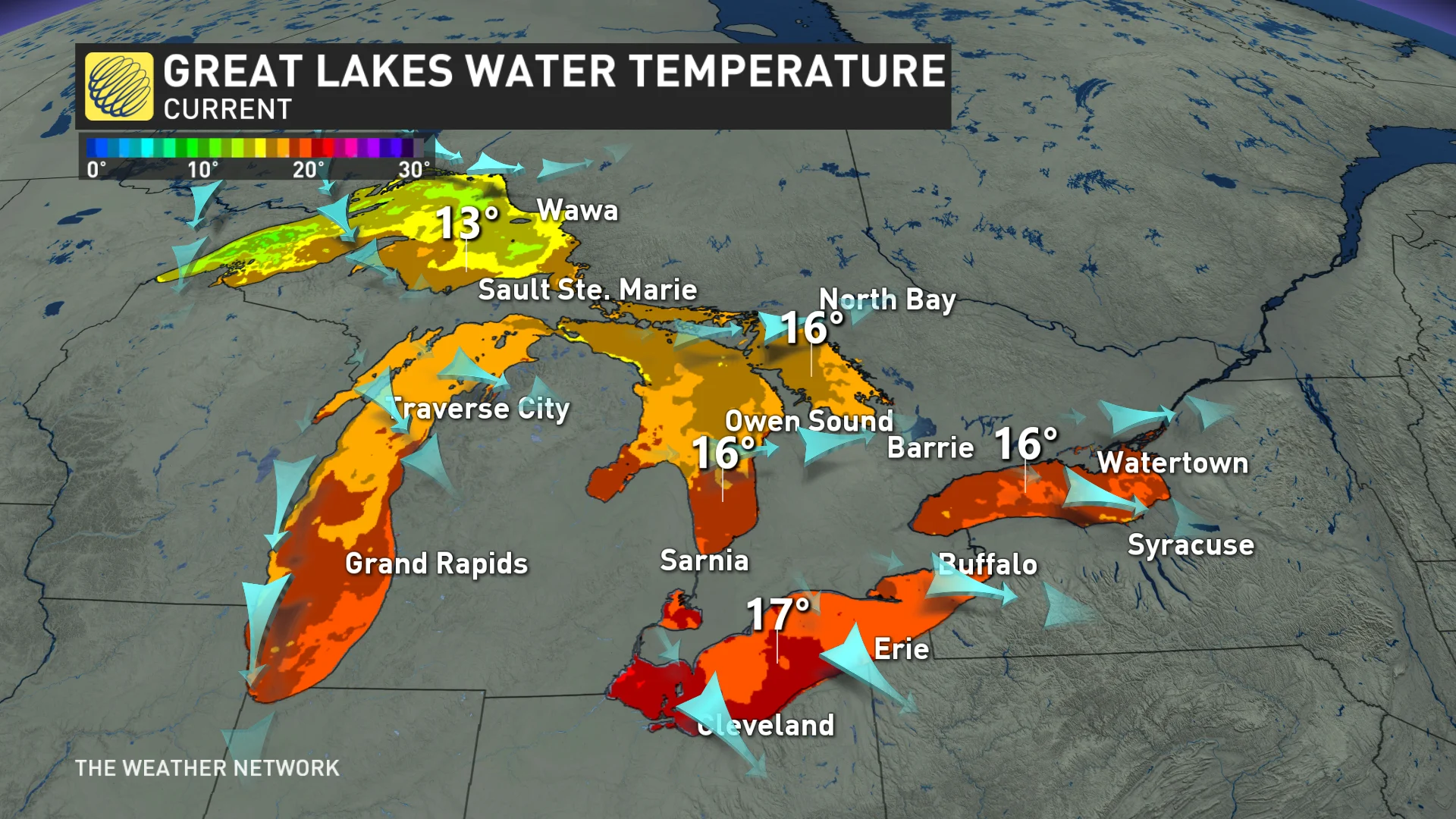
The lakes will retain much of their heat even as air temperatures cool off in the coming days and weeks. An approaching cold air mass above the surface will set up a large temperature contrast over the bodies of water, creating an unstable environment overhead.
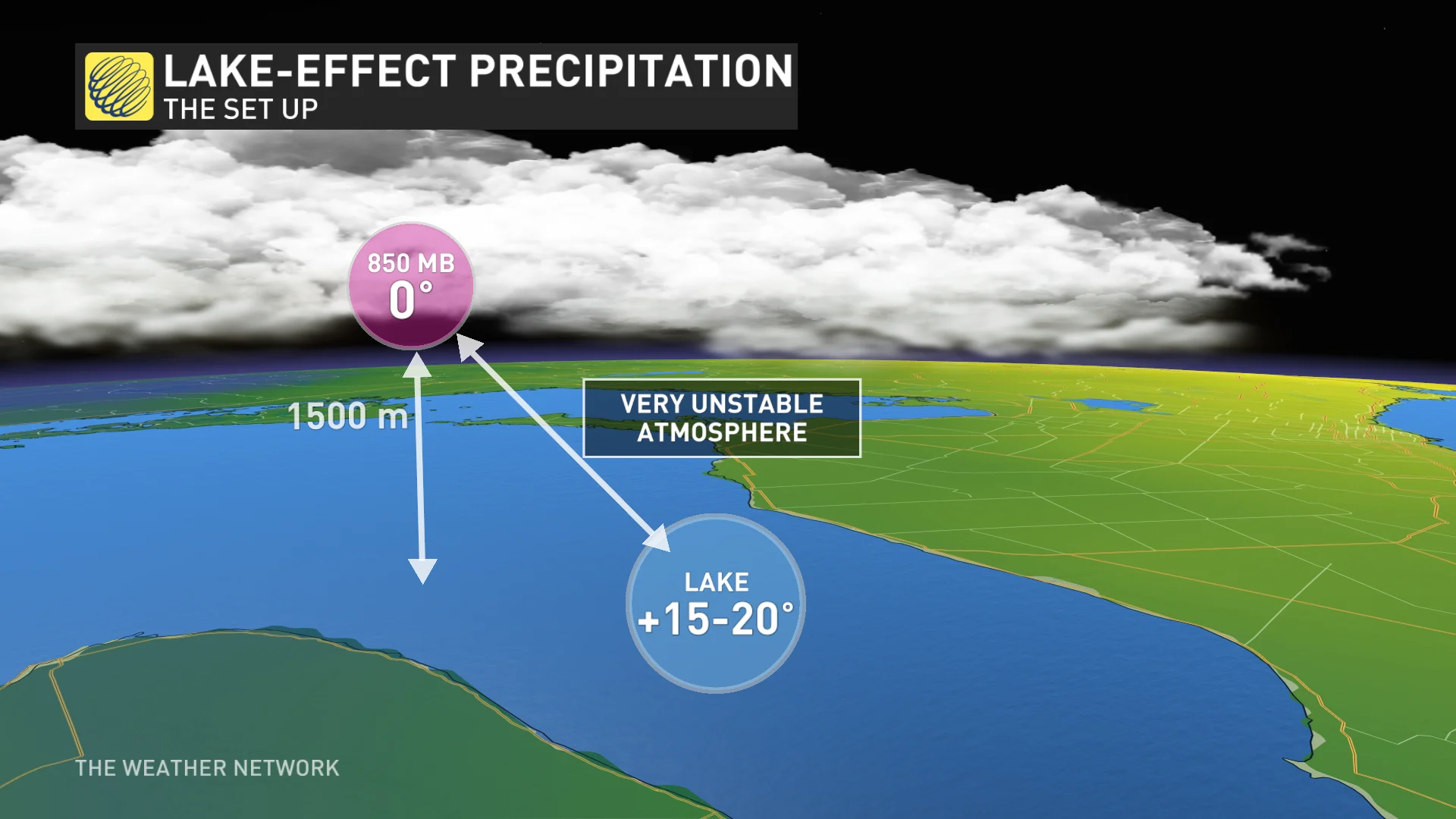
COLD AIR OVER WARM LAKES LEADS TO LAKE-EFFECT SHOWERS
Adding on a favourable wind direction off of lakes Huron, Erie or Ontario provides the ingredients for lake-effect showers.

These narrow bands of heavy rain could tick up rainfall accumulations locally, whereas other areas across southern Ontario may only see trace amounts.
WATERSPOUTS ARE ALSO POSSIBLE
A bonus ingredient often present, and likely to continue into November, is wind shear, or the difference in wind direction from the surface to higher levels of the atmosphere.
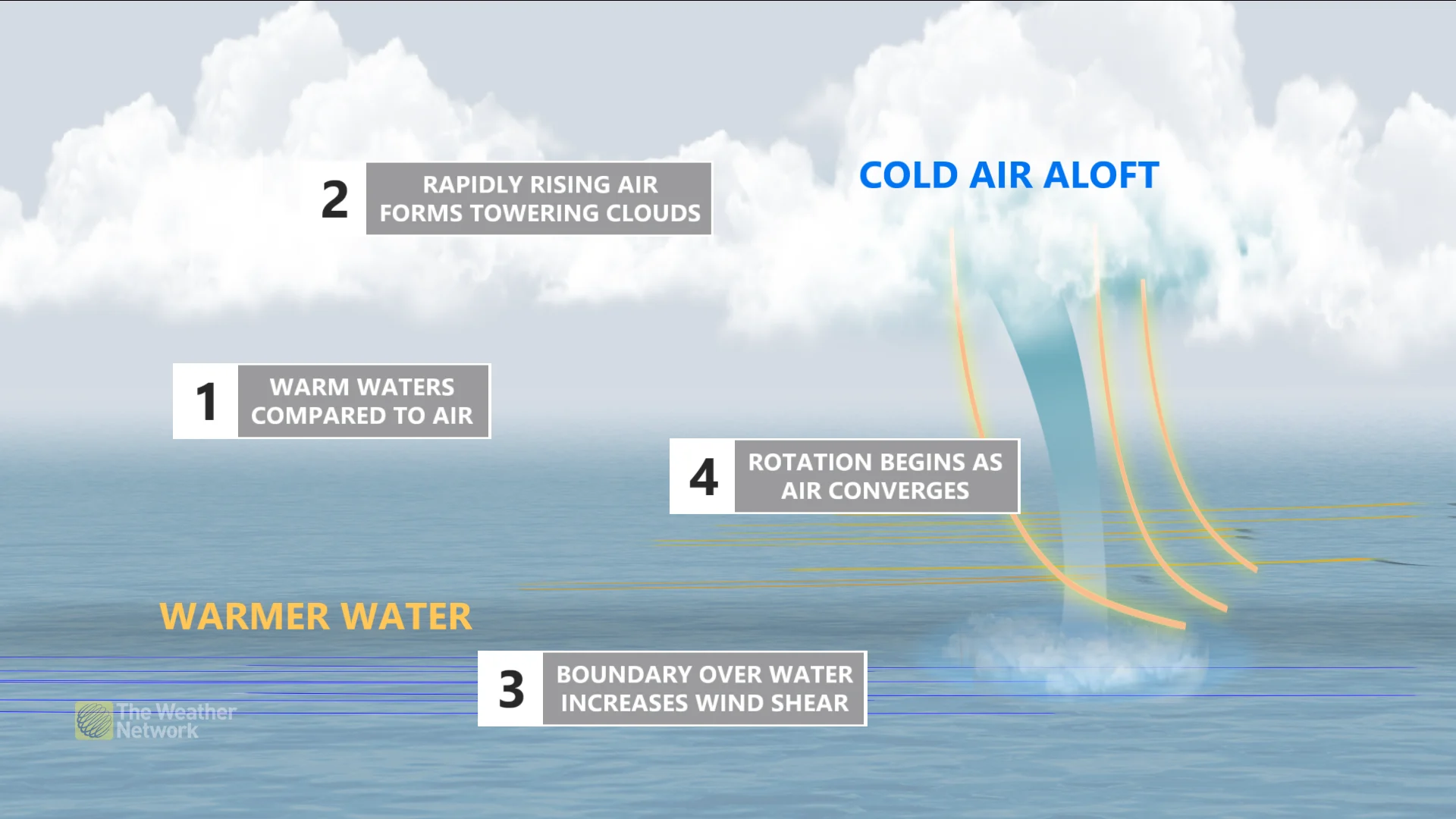
Passing fronts disturb the wind directions with altitude, creating pockets of rotation. This could lead to waterspouts over the warm, unstable Great Lakes. Boaters should continue to monitor forecasts for this hazard.
In fact, some waterspouts were spotted on Sunday on lakes Ontario and Huron, with photographic evidence posted on Twitter.
THE WARM LAKES WILL ASSERT THEIR INFLUENCE INTO NOVEMBER
Fall-like temperatures and weather patterns are just getting started in the GTA. Temperatures have run above seasonal for the first half of the month in Toronto, even notching a week-long streak of days above 20°C.
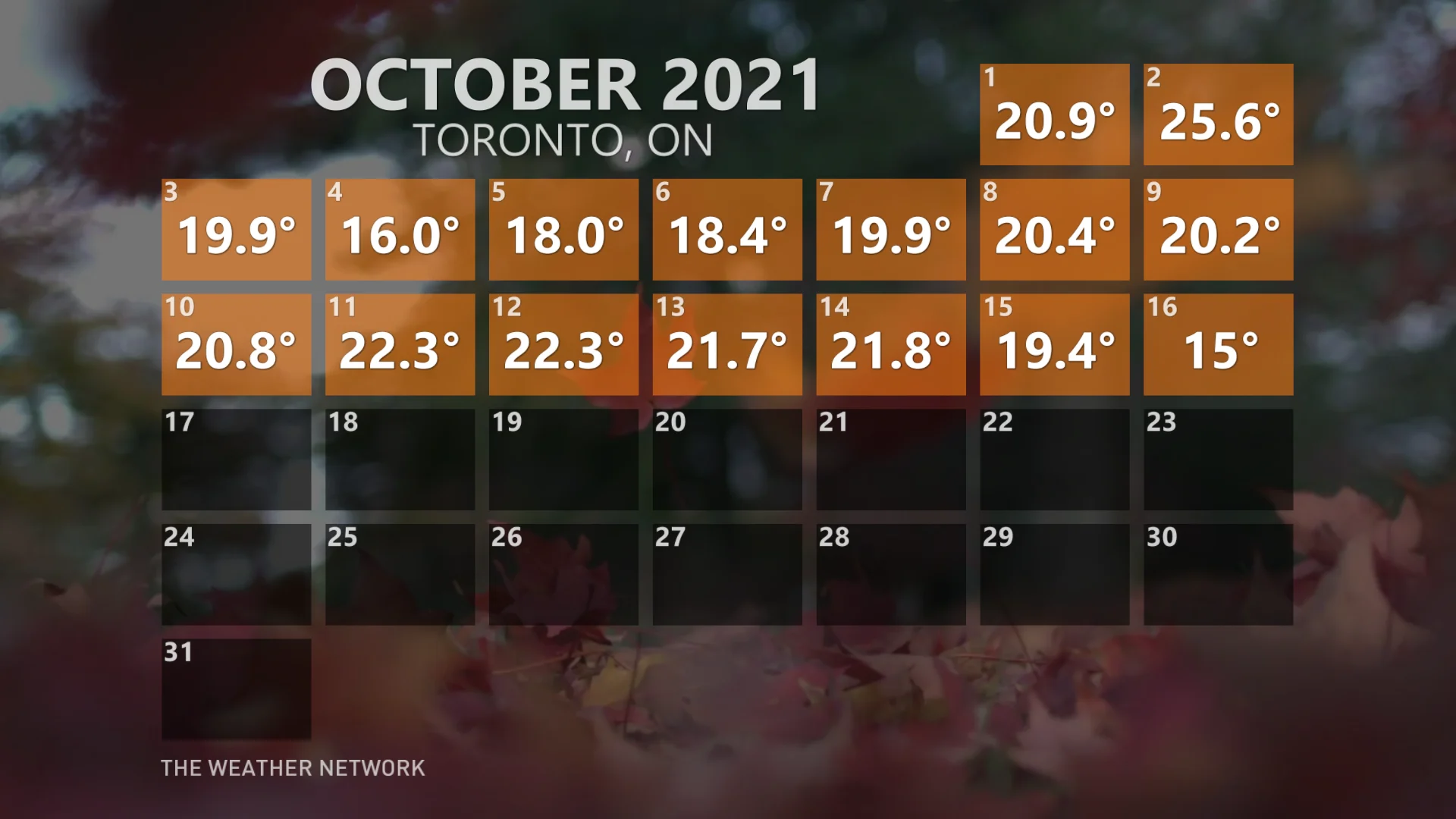
Ontarians should be on the lookout for these weather systems heading through October and into November. Water takes more time to change its temperature than air, so these atmospheric setups are likely to persist for some time.
Thumbnail image courtesy: Dave Sills.











